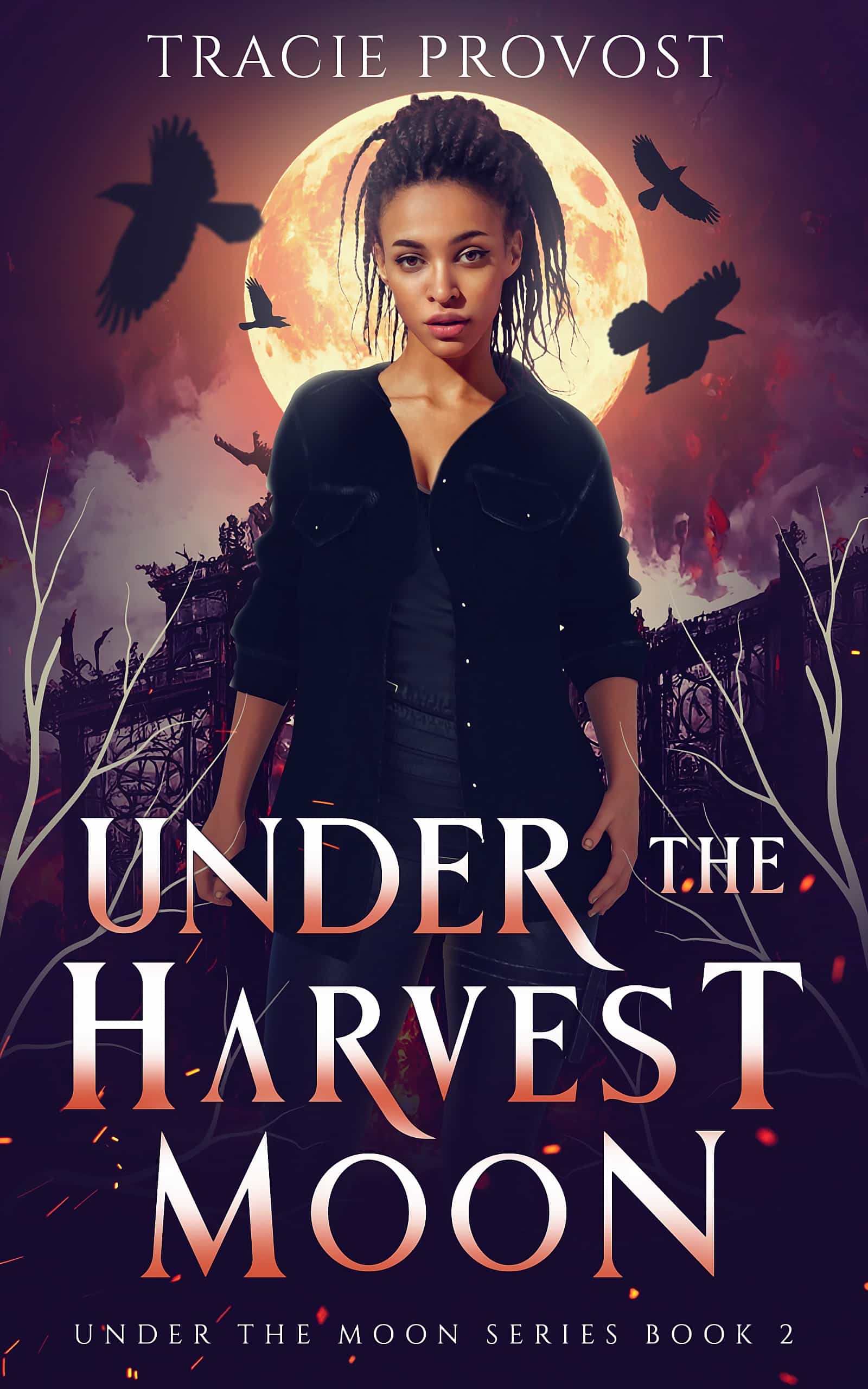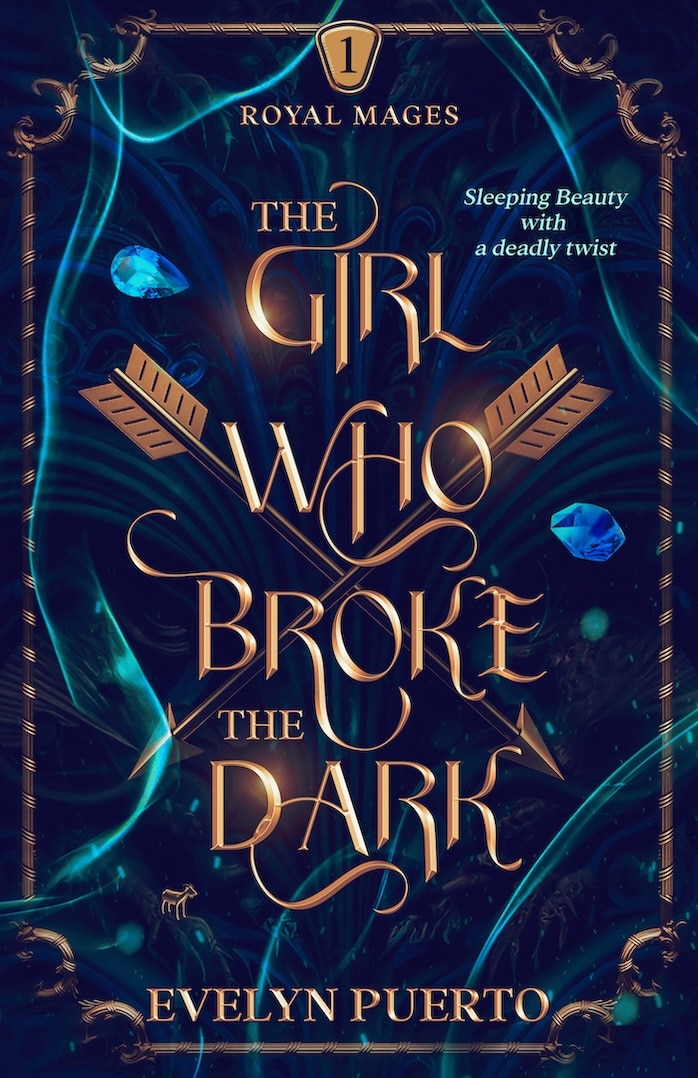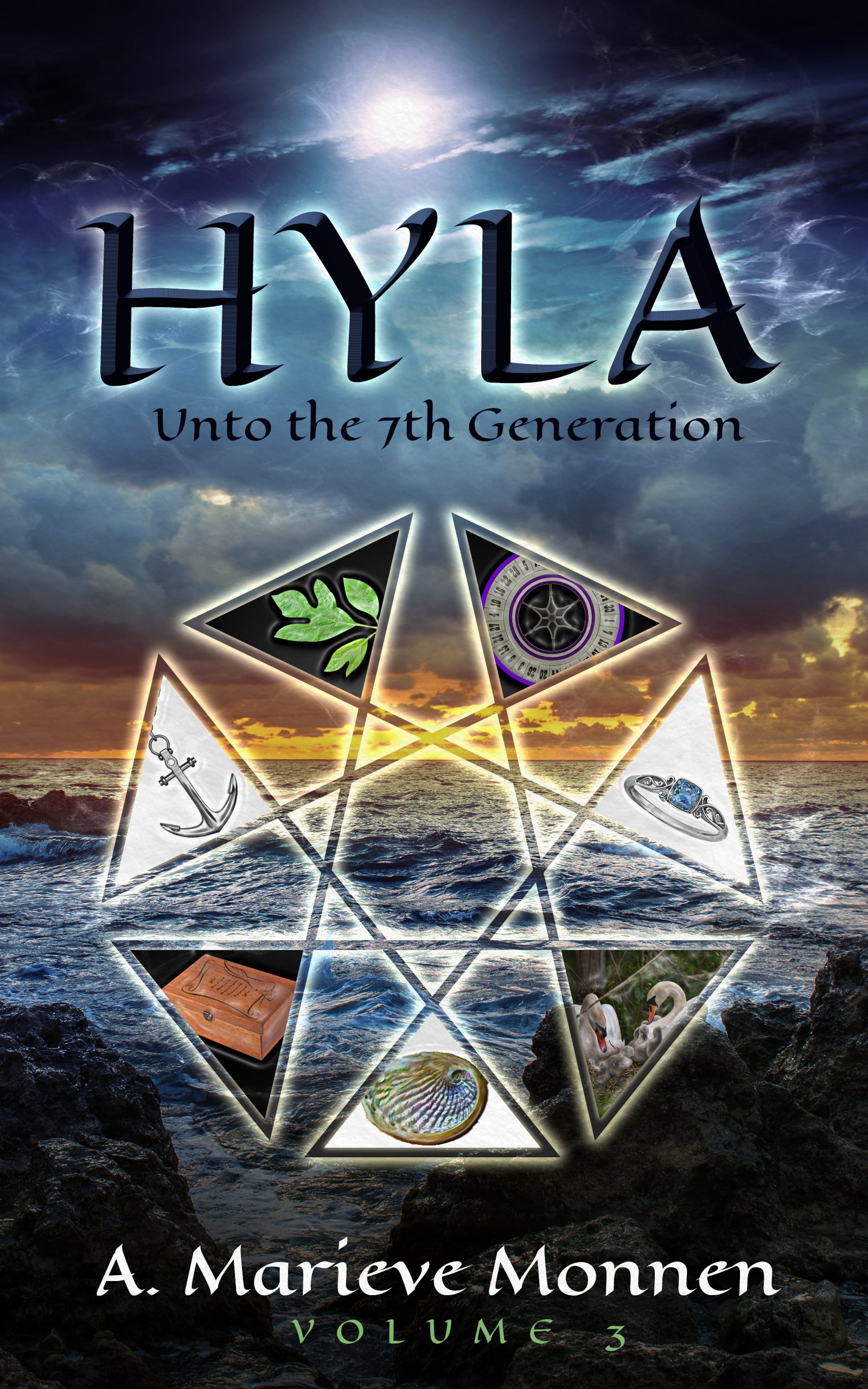
by Joslyn Chase |
You craft your story, scene by scene and sentence by sentence, stringing one word to the next with loving care. But what if, when your reader picks it up, the whole thing falls apart?
You don’t want that happening. Continuity is the thread that stitches your story into a coherent package, holding it together and making it a pleasure to read. So how do you make your writing flow?
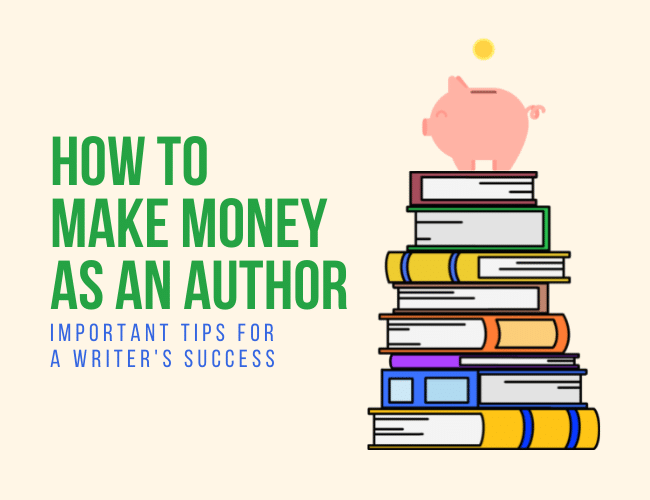
by Joslyn Chase |
Writing an effective sales description is an important part of the book business. Using the basic pattern outlined above, practice writing the sales copy for a book you’ve written or one you are in the process of writing.
If you don’t currently have a book project, write the blurb for a book you read recently, or even a movie you watched. The point is to practice looking at the story from a marketer’s perspective and writing a description that sells.
Take fifteen minutes to write your blurb. When you’re done, share your blurb in the comments below. Be sure to leave feedback for your fellow writers who want to be successful authors! Based on their blurbs alone, would you read the book?
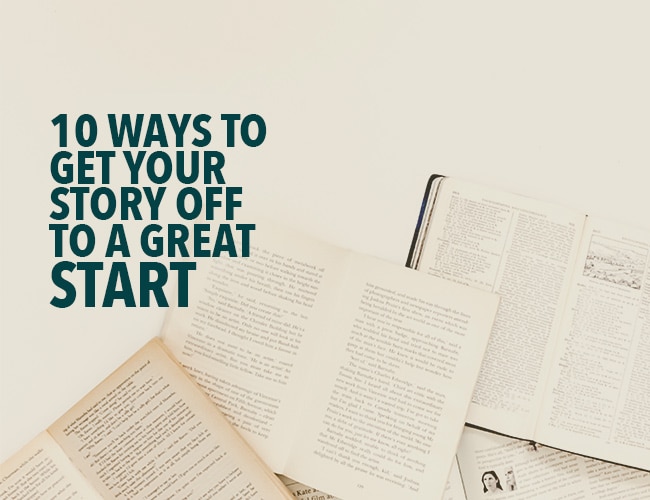
by Joslyn Chase |
Perhaps you’ve heard the old publishing proverb: The first page sells the book; the last page sells the next book. I’m convinced there’s a mammoth grain of truth in that. The beginning and the end of any story are critical elements that you really want to nail.
Today, we’re going to focus on how to start a story—in other words, how you can craft a spectacular beginning that will hold readers spellbound and get them to turn that first all-important page.
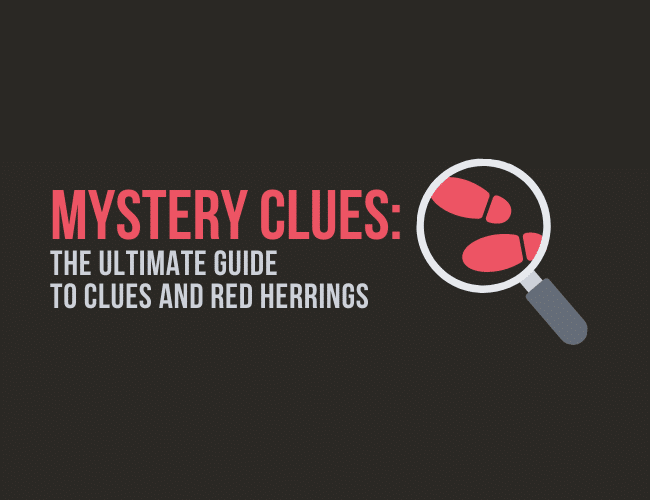
by Joslyn Chase |
Whenever I’m planting a clue in a mystery novel I’m writing, I feel so exposed—like I’m waving a red flag and announcing a clue has been served. Experience has helped lay those fears (mostly) to rest. With skillful weaving into the story, clues and foreshadowing blend in or are seen but soon forgotten by readers.
Without spoonfeeding your audience, you must place all the pieces on the table, allowing readers to actively participate in solving the puzzle. When making your first attempts at writing mystery, it can be difficult to find that balance between too much and too little.
Take a look at our best guide to clues and red herrings here.
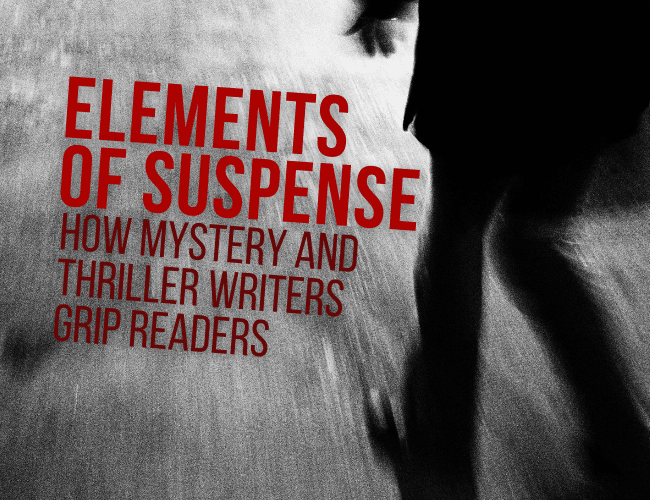
by Joslyn Chase |
Do you remember how you felt while reading The Da Vince Code or Gone Girl? The sweaty palms, the pleasant shiver, the jaw-clenching tension? Remember how those well-drawn elements of suspense held you in thrall, feathering along your skin, raising goosebumps?
Suspense fiction comes in a variety of flavors, all delicious, and if you have a yen for building suspense in your writing and learning how to create the same kind of reading experience for your own audience, this is the place for you.
In a special series of articles, I’ll be your guide as we dig deep into the elements of suspense that grab readers and don’t let go. These elements apply, regardless of the publishing route you choose for getting your stories out to your suspense readers.
Here, we will learn how you can craft suspense in your own books, starting now.





